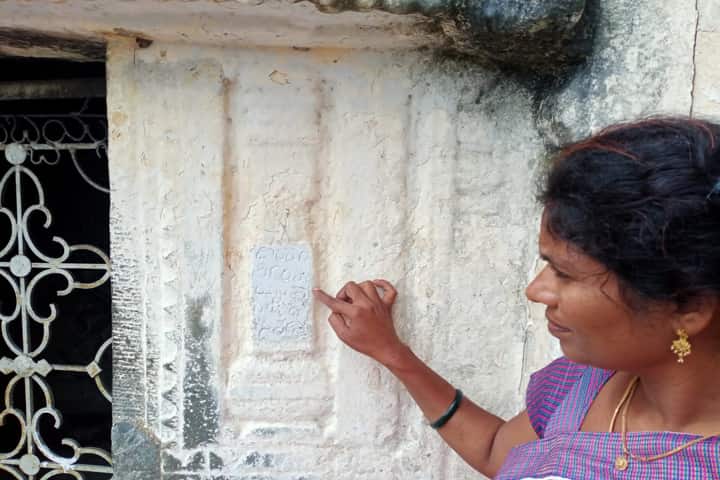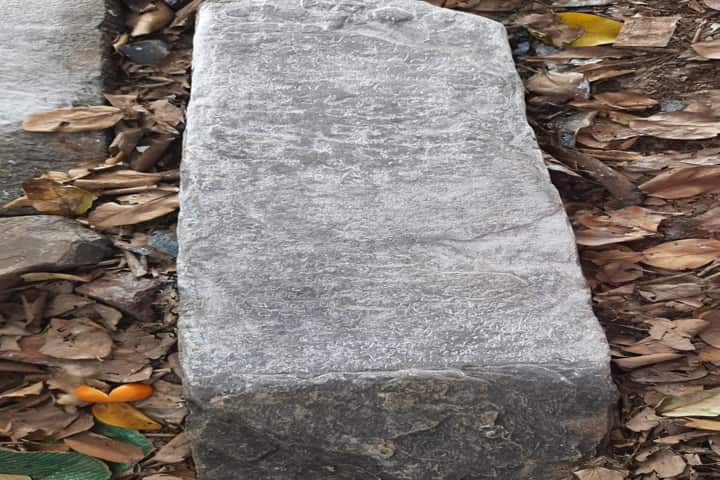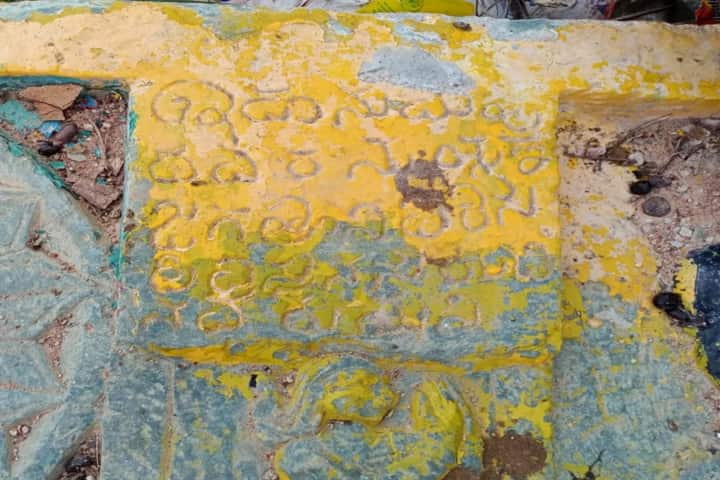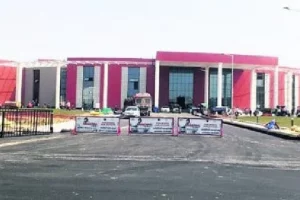Inscriptions are vital evidence revealing what is unknown and can’t be seen. This is what Kandula Savitri, Assistant Professor and Head of Department of History at Srikalahasti Government Degree for Women in Andhra Pradesh’s Tirupati district found when she unearthed three inscriptions which pointed to the existence of a village which is no more.
She found these three in Ardhaveedu mandal in Prakasam district. They were found on the wall of a Shiva temple, on a large stone in front of the Sri Narachaksha Rayana Swamy temple and the last at Hanuman temple. Images of the three were sent to K. Munirtnam Reddy, Director of the Mysore Central Archaeology Department.
The Director provided details about the engraving discovered in front of the Hanuman temple. Written in Telugu language it uses the script belonging to the 12th Century and conveys the installation of Hanuman idol in the temple. Further it also informs about a gift made for lighting a perpetual lamp at the place of worship.
Significantly, the name of the donor is not stated. This as per Reddy could be keeping in practice of doing philanthropy anonymously.

The CAD informed Savitri that the other two engravings would require an in-depth study to know which period they belong to and who was the ruler at that time as some of the letters in them are missing.
According to Savitri, these engravings found in different temples which are in ruins today, point to the existence of a village which was known as Arjunapuram. This was located three kilometres from the Ardhaveedu village and today these lands have become fields.

After interacting with the local people, Savitri came to know that this village which was situated at the foothills was once thriving but later its inhabitants started leaving as it lacked transport facilities.
Interestingly, 50 per cent of Arjunapuram moved to the site where present-day Ardhaveedu is located to start life afresh. Hence, they named the new settlement as Ardhaveedu – ardha (for half) and veedu (for houses) – meaning half the houses.




















